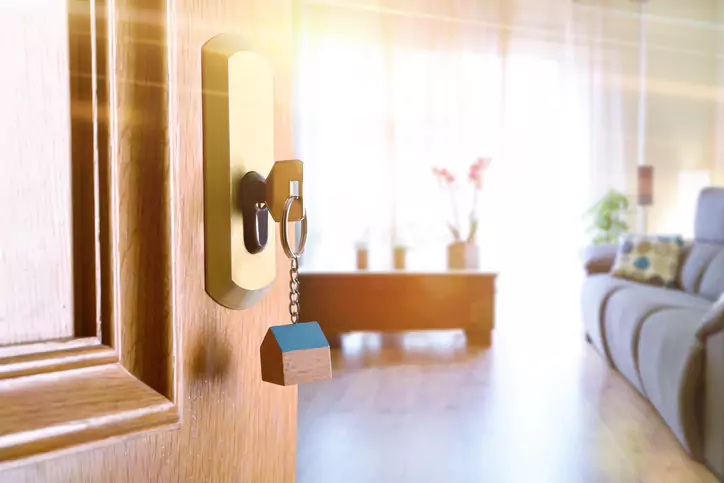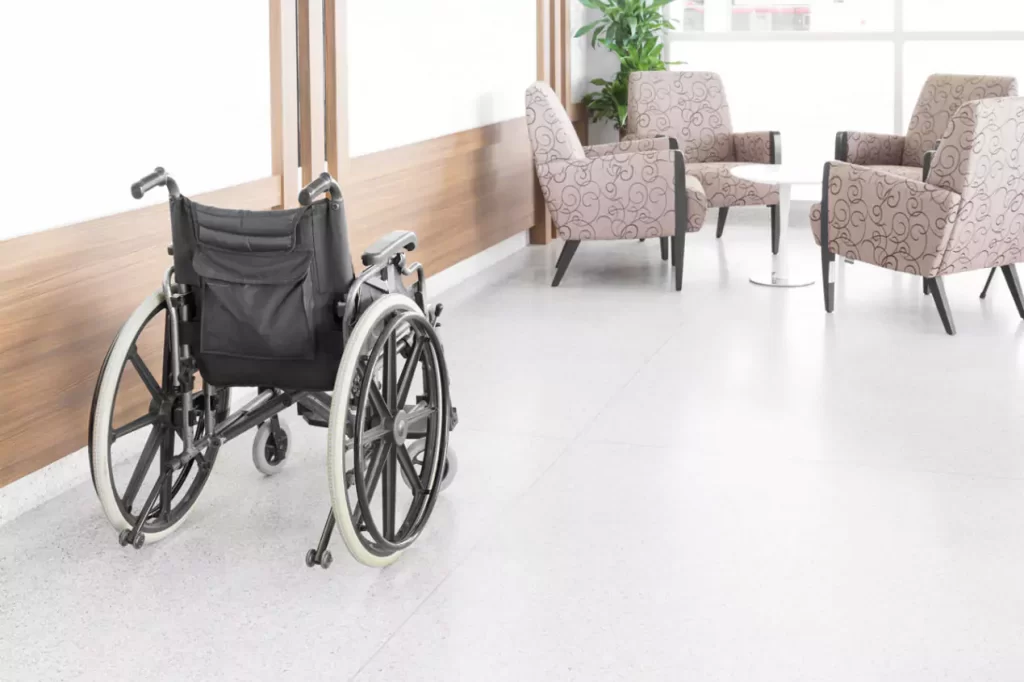The Benefits of Universal By Design for Aging in Place

As people age, many prefer to continue living independently in their own homes. This desire to age in place can be challenging, especially if homes are not designed to accommodate the needs of older adults. Universal Design is a set of principles that aim to create environments that are accessible and inclusive for people of all ages and abilities. In this article, we’ll explore the benefits of Universal Design for Aging in Place, the principles of this design, and how to implement Universal Design in your home.
Benefits of Universal Design for Aging in Place
Universal Design can provide a multitude of advantages for older adults seeking to age in place. Here are the top three:
- Increased Safety and Security
Universal Design incorporates features that significantly enhance home safety and security, addressing the heightened concerns of older adults. Falls, recognized as the leading cause of injury among this demographic by the Centers for Disease Control and Prevention, can be mitigated through Universal Design principles. Installing grab bars, handrails, non-slip flooring, and ensuring level transitions between rooms not only reduce fall risks but also offer crucial support for individuals with mobility or balance issues.
- Improved Accessibility
At the core of Designing homes lies the principle of accessibility, aiming to create homes usable by individuals with diverse abilities. Wider doorways, lever-style door handles, and user-friendly faucets are key features that assist older adults with limited mobility in navigating their homes more comfortably. For multi-level homes, the installation of stair lifts or ramps fosters home accessibility, enabling older adults to move seamlessly without encountering physical barriers.
- Enhanced Comfort and Convenience
This features contribute to the overall comfort and convenience of homes for older adults. With a focus on aging in place, incorporating elements such as easily accessible shelves and cabinets, adjustable countertops, and shower seats becomes integral. These thoughtful additions make daily tasks more comfortable and less strenuous, ultimately promoting better overall health for aging individuals.
Principles of Universal Design for Aging in Place

The Center for Universal Design at North Carolina State University developed seven principles that guide the creation of accessible and inclusive environments. These principles are:
- Equitable Use: The design is useful and marketable to people with diverse abilities.
- Flexibility in Use: The design accommodates a wide range of individual preferences and abilities.
- Simple and Intuitive Use: Use of the design is easy to understand, regardless of the user’s experience, knowledge, language skills, or current concentration level.
- Perceptible Information: The design communicates necessary information effectively to the user, regardless of ambient conditions or the user’s sensory abilities.
- Tolerance for Error: The design minimise hazards and the adverse consequences of accidental or unintended actions.
- Low Physical Effort: The design can be used efficiently and comfortably with a minimum of fatigue.
- Size and Space for Approach and Use: Appropriate size and space is provided for approach, reach, manipulation, and use regardless of the user’s body size, posture, or mobility.
Benefits of Implementing Universal Design And Implementing It
In addition to the benefits already discussed, implementing Universal Design can offer other advantages, including:
- Increased Home Value
As more people become aware of the benefits of Universal Design, the demand for accessible and inclusive homes is increasing. This can translate into higher home values for homes with design features.
- Cost Savings in the Long Run
Investing in Universal Design features can be more expensive upfront, but it can save money in the long run by reducing the need for costly home modifications or assisted living facilities. This features can help homes age gracefully with their occupants, reducing the need for expensive renovations or home modifications.
- Improved Quality of Life
Universal Design can improve the quality of life for older adults by enabling them to age in place comfortably and safely. By reducing physical barriers and making homes more accessible, older adults can maintain their independence and remain connected to their communities. Additionally, incorporating recommendations from sda assessors can further enhance the accessibility and usability of living spaces.
Share this post

About Tim
Provides assessment for specialist disability accommodation (SDA). Qualified to carry out the assessment for all homes requiring registration with the NDIS. The design is assessed against the SDA standards & also inspected once constructed to ensure compliance.
Let's Discuss Your Project
Recent posts
Categories
Looking for a Qualified SDA Assessor?
Our team specialises in NDIS housing assessments.
Take the first step towards your accessible home.

Copyright © 2023 Accessibility Solutions





